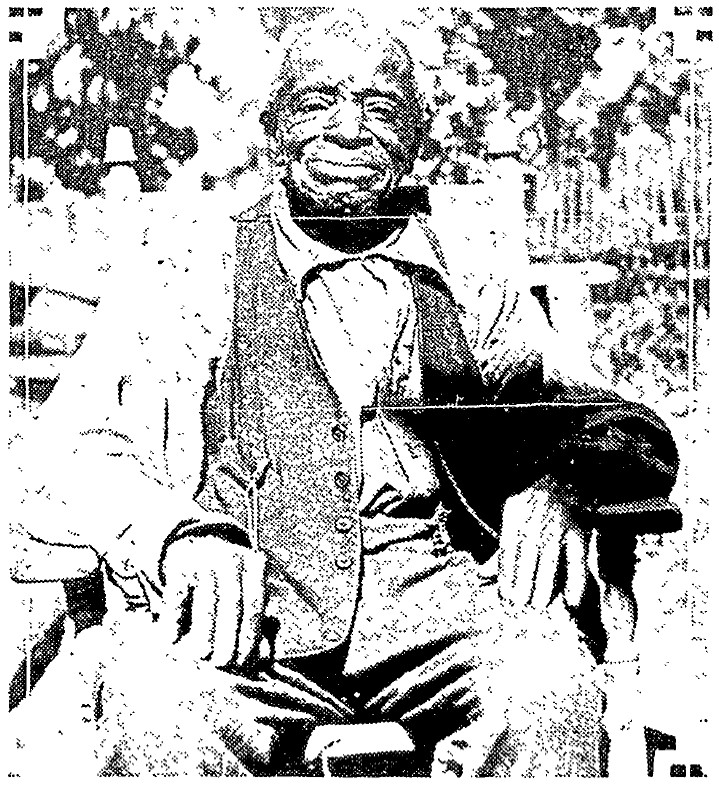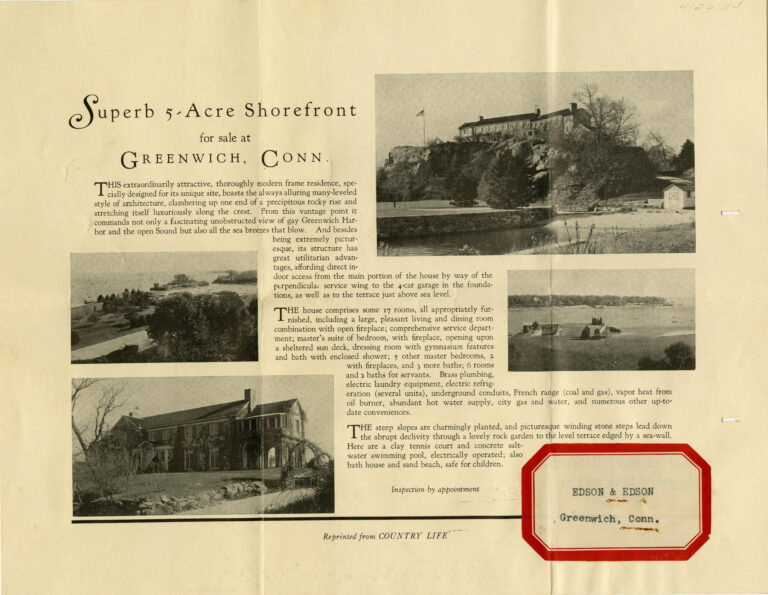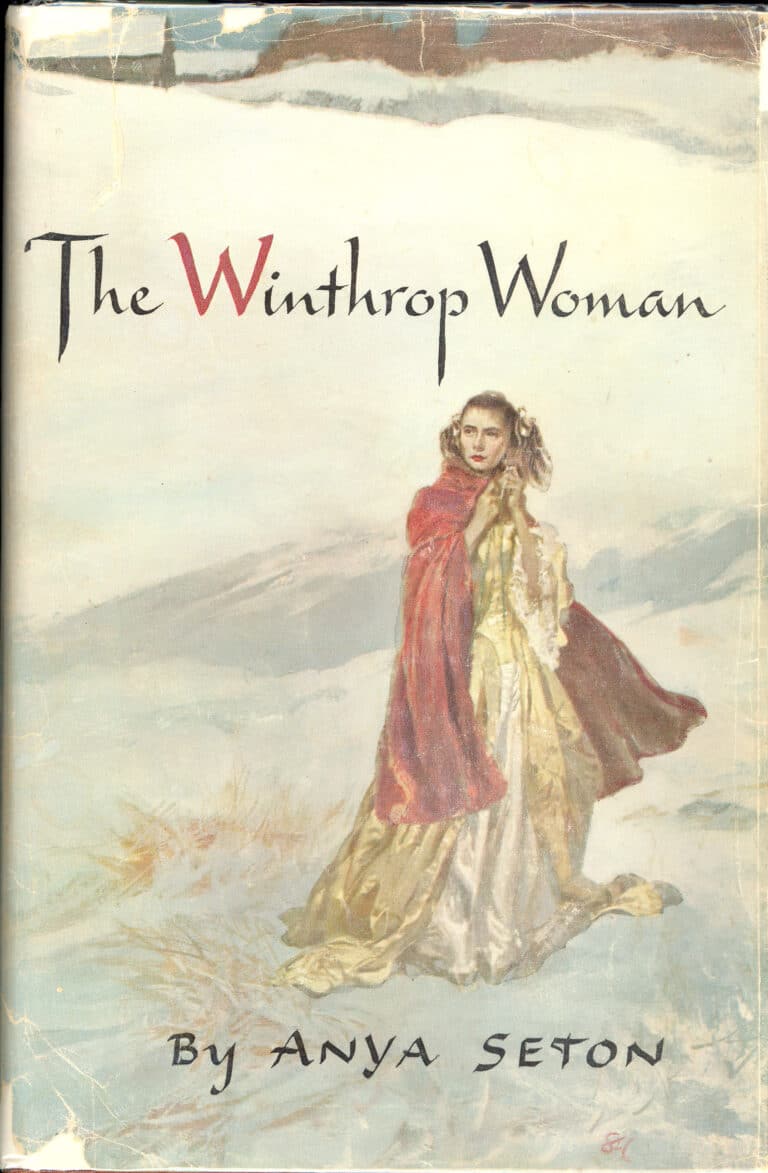Imagine a time when factories could dump all of their chemical waste into the rivers, when every car on the road belched toxic lead into the sky, and poisonous pesticides were used with no regulations and no legal consequences. This was the world in 1960, but things were about to change.

In 1962, Rachel Carson published her New York Times bestseller, Silent Spring, which highlighted the dangers of pesticides to humans and animals. Medical research demonstrated the long-term effects of leaded gas, especially in children. And in 1969, there was a major oil spill just off the coast of Santa Barbara, California and the Cuyahoga River in Cleveland, Ohio caught on fire from the sheer amount of industrial waste in the water. All these things came together and lit the notion in people’s minds that things had to change.
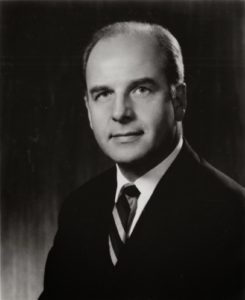
The first Earth Day was held 51 years ago, in 1970. Senator Gaylord Nelson from Wisconsin, a long-time environmentalist, was inspired by the passion of students participating in the anti-war movement and wanted to harness that same energy and focus it on environmental causes. With this mindset Nelson and his team proposed a series of teach-ins on college campuses to take place on April 22nd.
Denis Hayes, a young activist on Nelson’s board, saw Earth Day’s potential and brought on more schools and grassroots organizations to participate, who turn told others, who in turn told others still, including groups here in Greenwich. When April 22nd finally arrived 20 million Americans, close to 10% of the total U.S. population, were estimated to have participated in the first Earth Day.
The first Earth Day directly led to the creation of the United States Environmental Protection Agency. It was also key to passing of the National Environmental Education Act, the Clean Air Act, the Water Quality Improvement Act, and the Endangered Species Act, among many others.
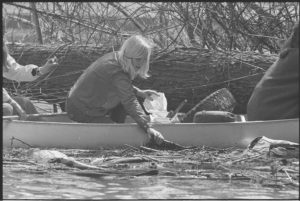
Library of Congress
In Greenwich the first Earth Day was marked by educational programs. School children participated in water pollution demonstrations, lectures, nature walks, litter cleans and anti-pollution jingle-making. The Montgomery Pinetum, in tandem with schools, planted a tree named “Little Protest” to mark the occasion. The Garden Center hosted a music session and a movie all about the important ecological purpose of marshes and co-hosted an exhibit with the library. Greenwich Library presented several exhibits, showed a series of environmental films, and promoted books that encouraged people to discover the great outdoors.
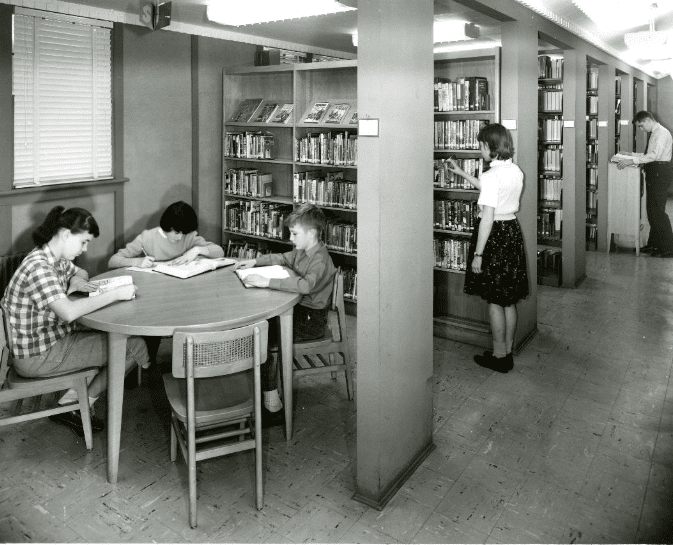
Today, as back then, the heart of Earth Day is education. Here are some links to education programs in town and other useful resources.
Earth Day Free Tree Giveaway at the Bringing the Green Back Garden Center
Digital Family Day: Earth Day at the Bruce Museum
Greenwich Recycling Guidelines
Learn how to recycle better with this PBS video
Learn about the history of the Town’s parks: Town of Greenwich Historic Landscape Report
Mark your calendars for the Greenwich Historical Society’s upcoming exhibition Beautiful Work: The Art of Greenwich Gardens and Landscapes to learn about gardening practices throughout the history of Greenwich.

